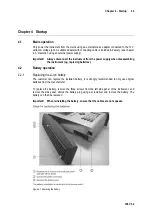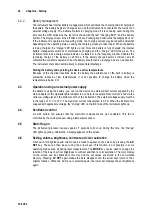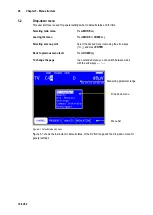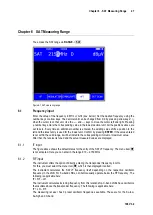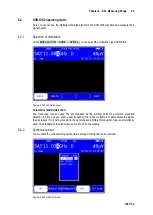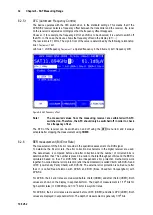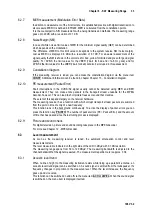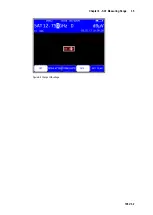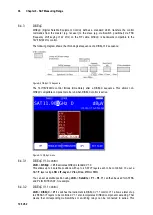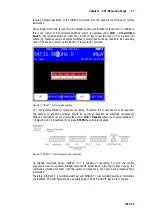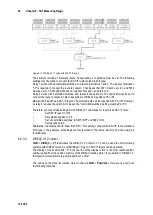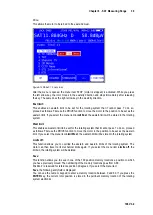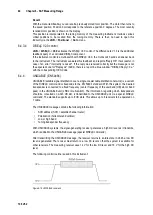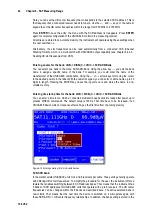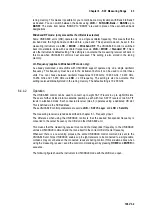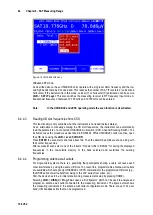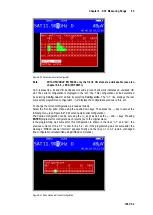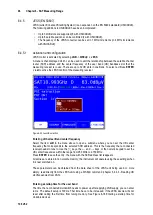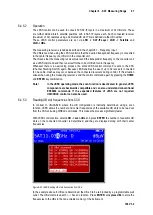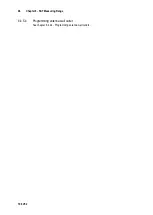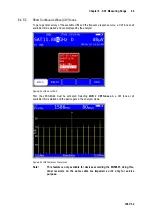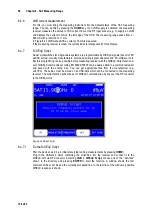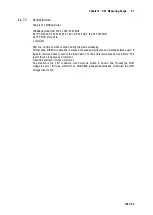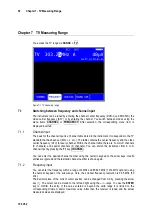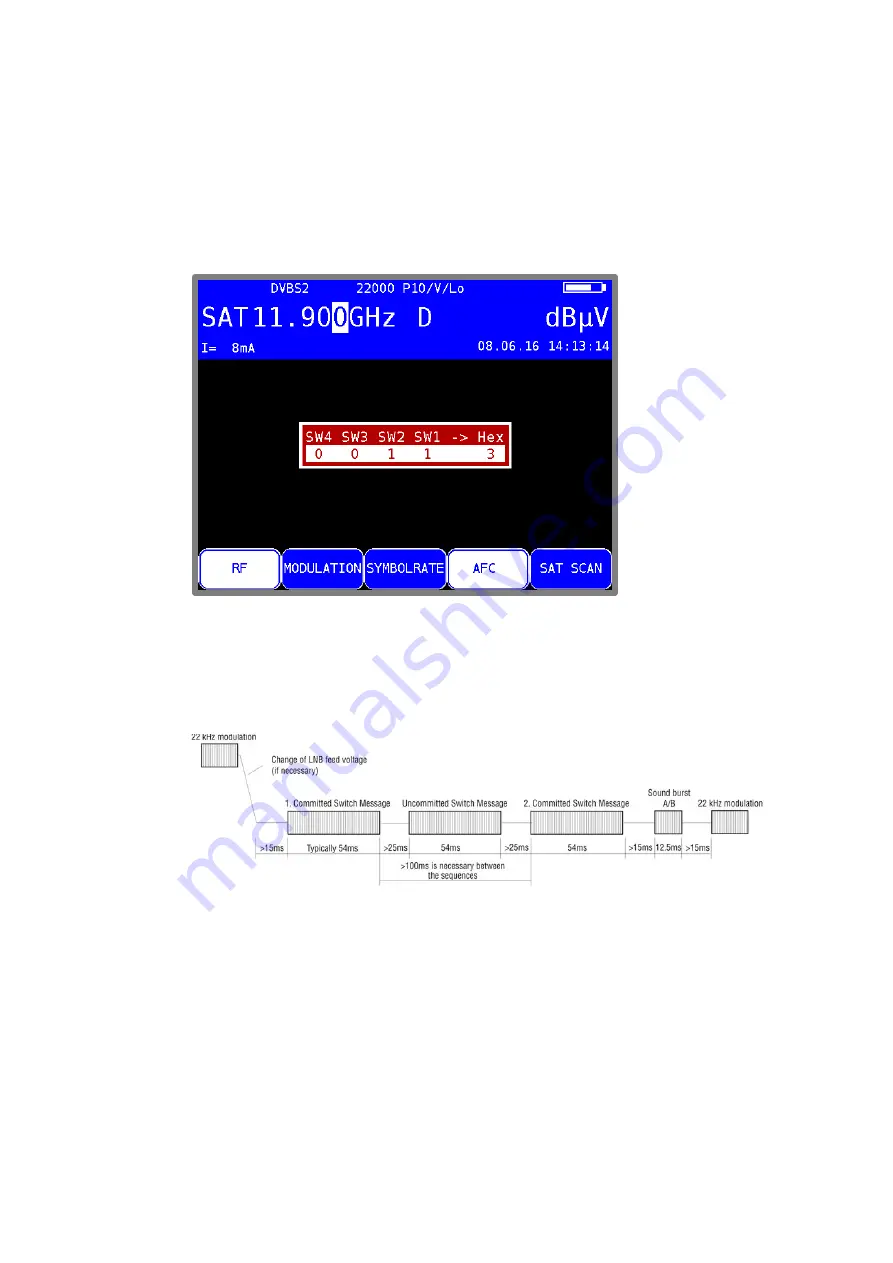
Chapter 6 - SAT Measuring Range
37
106 V3.2
requires multiple repetitions of the DiSEqC command. See the example that follows for further
information.
The settings for the SAT-IF layer and the satellite position are identical to those for V1.0. Added to
this is the control of ‘Uncommitted switches’, which is operated under
LNB
->
Uncommitted
Switch
. “Uncommitted switches” allow the 16 SAT-IF layers possible with V1.0 to be split into
another 16 branches using 4 additional switches (uncommitted switches), thanks to the cascading
option. This allows a total of up to 256 SAT-IF layers to be controlled.
Figure 6-11 DiSEqC 1.1 Uncommitted switches
V1.1 incorporates DiSEqC component cascading. Therefore, the commands must be repeated.
The number of repetitions selected should be as low as possible, as otherwise unnecessary
DiSEqC commands are sent, slowing the control.
LNB
->
Repeats
allows you to select between 0,
1 (default), 2 and 3 repetitions. If you press
ENTER
the setting is accepted.
Figure 6-12 DiSEqC 1.1 control sequence with 1 repetition
As already mentioned above, DiSEqC V1.1 is capable of cascading. For this, the control
sequences must be repeated. DiSEqC components further back in the chain cannot receive the
commands intended for them until the earlier components in the chain have processed their
commands.
Therefore, DiSEqC1.0 (committed switches) and DiSEqC1.1 (uncommitted switches) commands
are repeated. The next figure shows a possible setup in which 64 SAT-IF layers are controlled.

